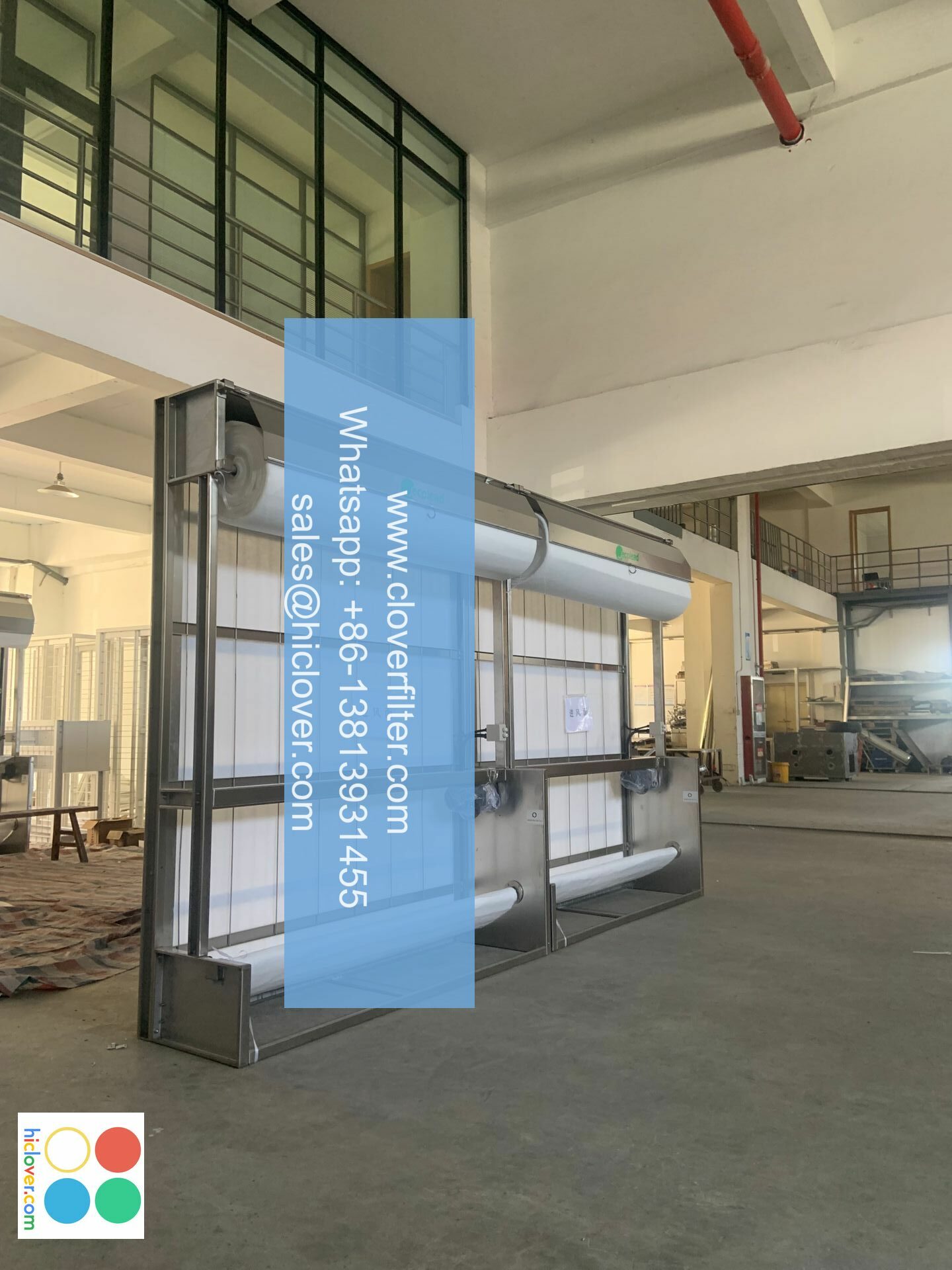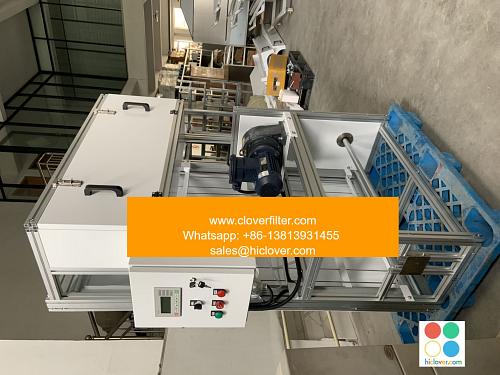Understanding ISO 16890: The Global Standard for Air Filter Testing and Certification

The International Organization for Standardization (ISO) has introduced a new global standard for air filter testing and certification, known as ISO 16890. This standard provides a comprehensive framework for evaluating the performance of air filters, ensuring that they meet the required levels of efficiency and safety. In this article, we will delve into the details of ISO 16890, its key features, and its applications in various industries.
Introduction to ISO 16890
ISO 16890 is a global standard that replaces the existing European standard, EN 779. The new standard provides a more detailed and accurate method for testing and certifying air filters, taking into account the latest advancements in filtration technology. The standard focuses on the filter’s ability to capture particles of different sizes, including Particulate Matter (PM), fine particles, and ultra-fine particles. This ensures that air filters are evaluated based on their ability to remove harmful particles from the air, providing a healthier indoor environment.
Key Features of ISO 16890
The ISO 16890 standard has several key features that make it a significant improvement over the existing standards. Some of the key features include:
* Particle size distribution: The standard evaluates air filters based on their ability to capture particles of different sizes, ranging from coarse particles (PM10) to fine particles (PM2.5) and ultra-fine particles (PM1).
* Filter classification: The standard introduces a new classification system, which categorizes air filters into four groups based on their efficiency: ePM10, ePM2.5, ePM1, and ePM0.5.
* Testing procedures: The standard outlines detailed testing procedures, including the use of scanning mobility particle sizers (SMPS) and _condensation particle counters (CPCs) to measure particle concentrations.
Applications of ISO 16890
The ISO 16890 standard has a wide range of applications across various industries, including:
* Indoor Air Quality (IAQ): The standard is essential for maintaining good indoor air quality, as it ensures that air filters are effective in removing pollutants and particulate matter from the air.
* Heating, Ventilation, and Air Conditioning (HVAC): The standard is applicable to HVAC systems, where air filters play a critical role in maintaining air quality and system efficiency.
* Industrial processes: The standard is relevant to various industrial processes, such as cleanroom technology, pharmaceutical manufacturing, and food processing, where air quality is crucial.
* Transportation: The standard is also applicable to the transportation sector, including automotive and aviation industries, where air filters are used to maintain air quality and ensure passenger safety.
Benefits of ISO 16890
The ISO 16890 standard offers several benefits, including:
* Improved indoor air quality: The standard ensures that air filters are effective in removing pollutants and particulate matter from the air, providing a healthier indoor environment.
* Increased filter efficiency: The standard promotes the use of high-efficiency air filters, which can help reduce energy consumption and minimize the environmental impact of air filtration systems.
* Global consistency: The standard provides a global framework for air filter testing and certification, ensuring consistency and accuracy across different regions and industries.
Conclusion
In conclusion, ISO 16890 is a significant step forward in the development of air filter testing and certification standards. The standard provides a comprehensive framework for evaluating the performance of air filters, ensuring that they meet the required levels of efficiency and safety. With its wide range of applications across various industries, ISO 16890 is poised to play a critical role in maintaining good indoor air quality, reducing energy consumption, and promoting sustainability. As the global standard for air filter testing and certification, ISO 16890 is an essential tool for air filter manufacturers, industrial users, and regulatory bodies seeking to ensure the highest levels of air quality and filter performance. It seems like you didn’t provide a prompt for me to respond to. Could you please provide more details or specify a topic you’d like to discuss? I’m here to help with any questions or tasks you might have.

